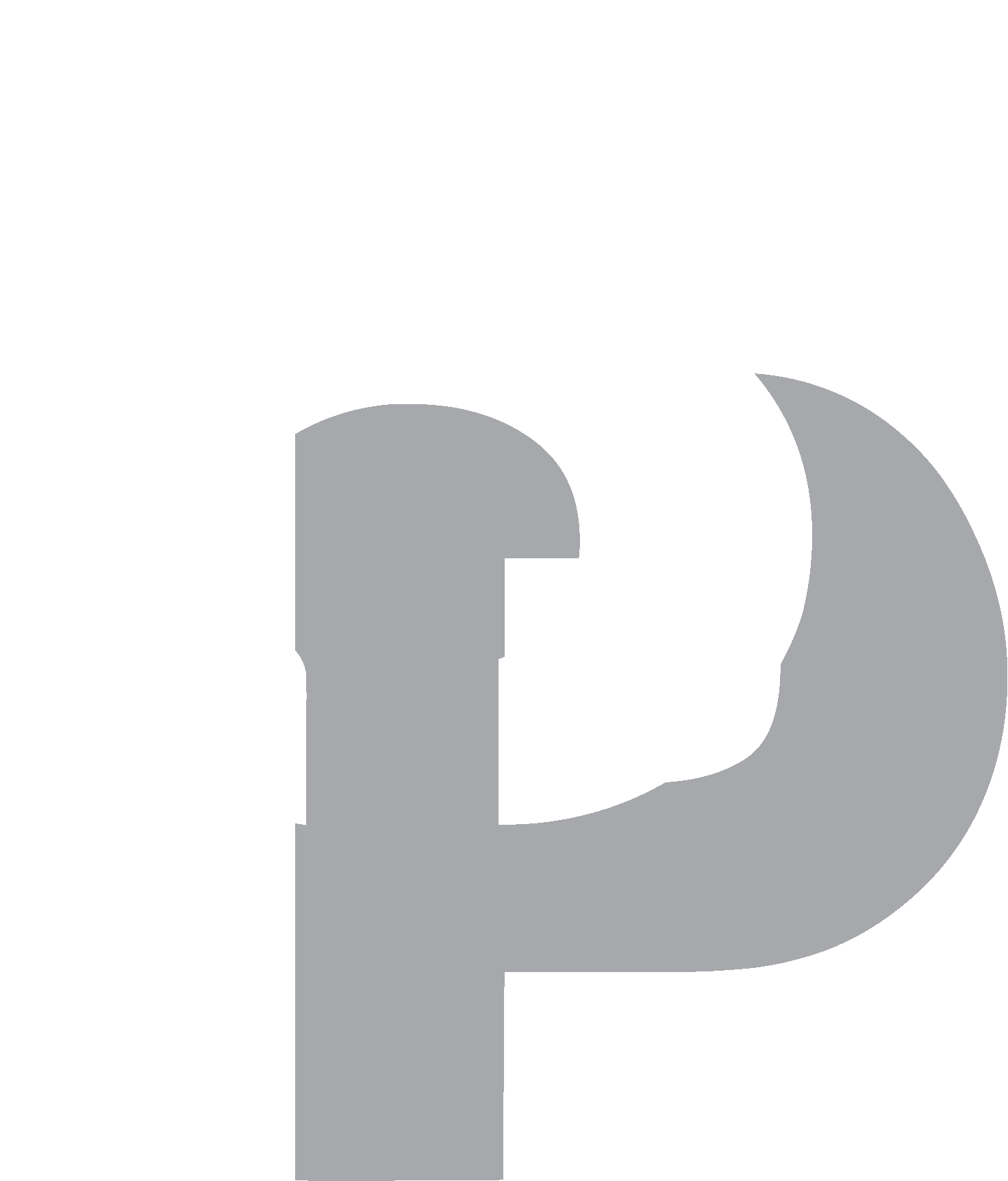Transforming Oncology Care with IoT
The Internet of Things (IoT) is changing the game in many industries, and healthcare is one of the biggest beneficiaries. For oncology centers, IoT brings innovative solutions that can greatly improve patient care and operational efficiency. Here’s how IoT can make a real difference:
1. Remote Monitoring and Management
IoT enables remote patient monitoring through wearable devices and smart sensors that track vital signs, medication adherence, and side effects in real-time. This allows healthcare providers to keep a close eye on patients remotely, providing timely interventions when needed. For example, if a patient’s temperature spikes or they experience severe chemotherapy side effects, the system can alert medical staff immediately, ensuring prompt care and reducing hospital readmissions.
2. Enhanced Treatment Precision
IoT devices help oncologists deliver more precise and personalized treatments. Smart infusion pumps can administer chemotherapy drugs with exact dosages, minimizing human error. Additionally, IoT-enabled imaging devices provide high-resolution scans, aiding doctors in accurately diagnosing and staging cancers. These advancements ensure patients receive the most effective treatments tailored to their specific needs.
3. Streamlined Operations
Efficient operations are crucial in managing the high volume of patients and complex treatments in an oncology center. IoT can streamline administrative tasks like patient scheduling, inventory management, and equipment maintenance. Smart systems can automatically track medical supplies, ensuring the center is always stocked. Additionally, IoT can optimize scheduling for treatments and consultations, reducing wait times and improving the overall patient experience.
4. Improved Patient Engagement
IoT can enhance patient engagement and education through interactive devices and mobile apps that provide information about treatments, side effects, and recovery processes. These tools can remind patients to take medications, follow dietary restrictions, and attend appointments. By empowering patients with knowledge and support, IoT helps them take an active role in their care, leading to better adherence to treatment plans and improved outcomes.
5. Advanced Data Analytics
The vast amount of data collected by IoT devices can be used for advanced analytics and research. By analyzing patient data, oncology centers can identify patterns and trends that improve treatments and outcomes. For example, data analytics can predict which patients are at higher risk for complications, allowing for proactive measures. Research teams can also use this data to develop new treatment protocols and therapies, pushing the boundaries of cancer care.
6. Enhanced Safety and Security
IoT solutions enhance the safety and security of oncology centers. Smart sensors and monitoring systems can detect potential hazards, such as radiation leaks or equipment malfunctions, and alert staff immediately. Furthermore, IoT can improve cybersecurity measures, protecting sensitive patient data from breaches and ensuring compliance with regulations like HIPAA.
Conclusion
Integrating IoT into oncology centers represents a significant leap forward in cancer care. From remote patient monitoring to advanced data analytics, IoT offers numerous benefits that enhance patient outcomes, streamline operations, and drive innovation. As technology continues to evolve, the potential for IoT in oncology will only grow, promising a future where cancer care is more precise, efficient, and patient-centered than ever before.


